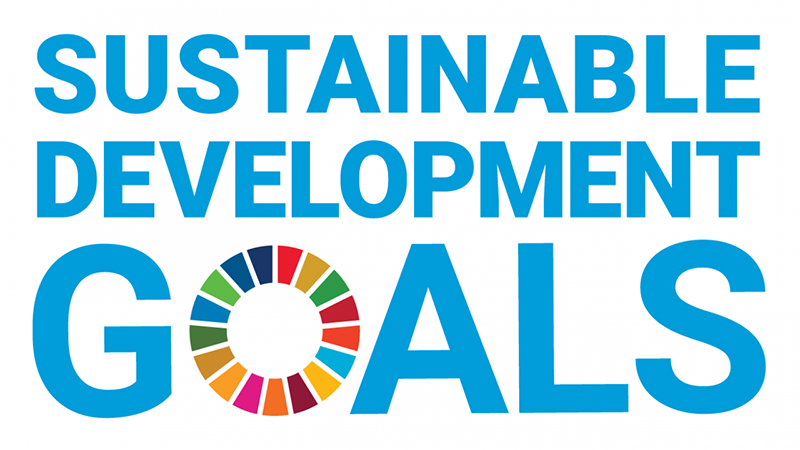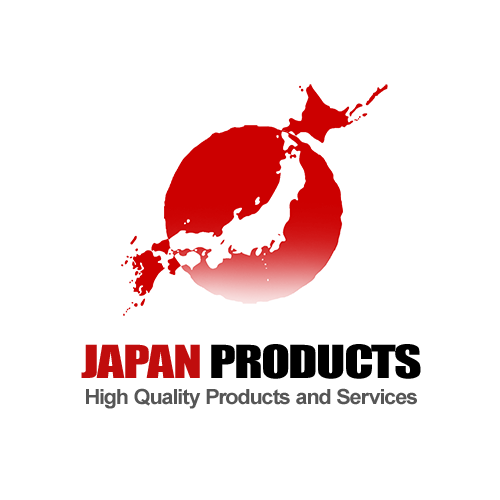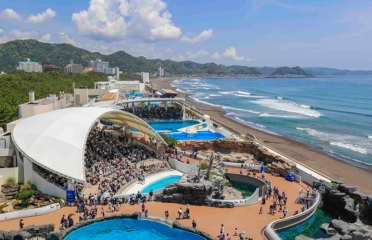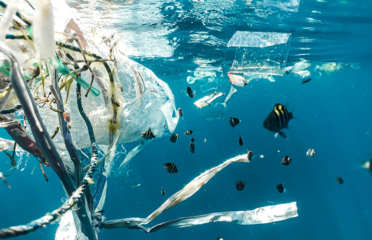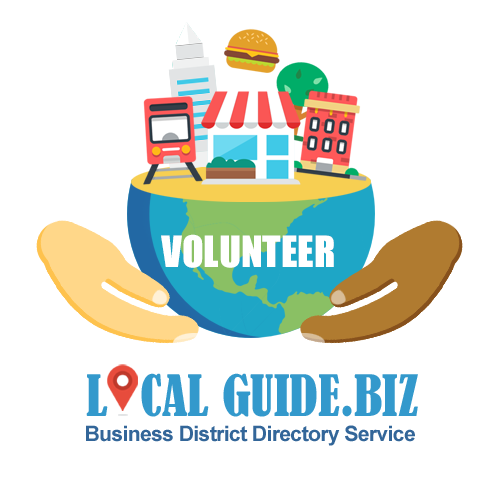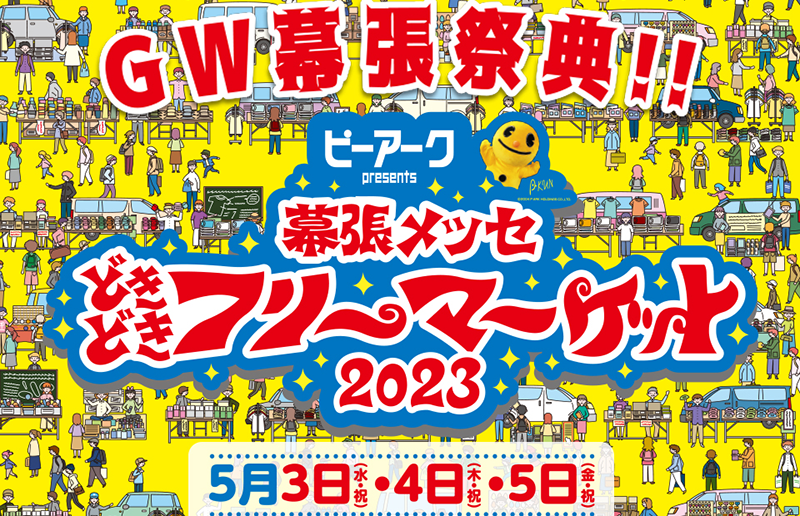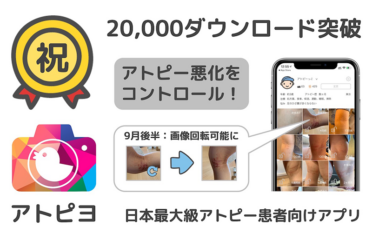
Chiba Prefecture Local Guide Biz
Chiba Local Guide Biz is a website that introduces a variety of information about Chiba Prefecture in a directory format. It provides information on restaurants, stores, companies, organizations, local events and exhibitions, sightseeing, spots, demonstration experiments, etc. It is an information site that supports the local community and provides information on Chiba’s strong development. We are currently looking for volunteers to help us build Local Guide Biz together Now, we are looking for volunteers to work with us!
Chiba Prefecture, which has a population of about 6,282,000 and is located on the eastern side of the Tokyo metropolitan area, is a peninsula that juts out into the Pacific Ocean. That peninsula area supply raw materials and energy that are indispensable to the industry. Makuhari in the new city center is an international business city with complex functions such as offices, commercial and amusement facilities, centered on Makuhari Messe, one of Asia’s leading convention facilities.
In Chiba prefecture, the annual product sales amount is about 12,279.7 billion yen (2019 economic structure fact-finding survey), which is the 9th largest in Japan, and the product shipment value (business establishments with 4 or more employees) is about 13,143.2 billion yen. It ranks 7th in the nation in the Yen (2019 Industrial Statistics Survey), and is actively engaged in well-balanced activities that are among the top in both commerce and industry.
In terms of tourism (including business trips), it is the prefecture with the largest number of visitors (2019: 43.38 million), which ranks third among 47 prefectures as domestic destinations. The number of foreign visitors to Japan is also in the top 3 with 10.485 million (2019) in 3rd place out of 47 prefectures. Details of this data can be found here.
Contents Zone

Chiba Prefecture’s Mascot Character “Chi-ba-kun” In The Colors Of The SDGs And Promoting The SDGs!
To further increase the momentum for the promotion of the SDGs, Chiba Prefecture has created Chiba Prefecture’s PR mascot character, Chi-ba-kun, who is well known by prefectural residents and others, in 17 different colors to be used as the SDGs icon. In addition, to share the philosophy of the SDGs, “Leave no one behind,” and to make the prefectural residents more interested and familiar with the SDGs, it has changed the name to “Chiba SDGs” and are working to make the SDGs more familiar.
In addition, on line seminars are held on an irregular basis, and at the “Lea’s Create SDGs Together! Part 2: Simultaneous Solutions to Environmental, Economic, and Social Issues” held on Sunday, March 7, 2021, Professor Masahisa Sato of Tokyo City University spoke about the essence of the SDGs and how to solve environmental, economic, and social issues simultaneously in line with Chiba Prefecture’s actual situation. During the seminar, there were many opinions and questions. During the seminar, not only opinions and questions were posted, but also information was exchanged among the participants, and chatting was actively conducted, such as inquiring about URLs related to opinions and answers.
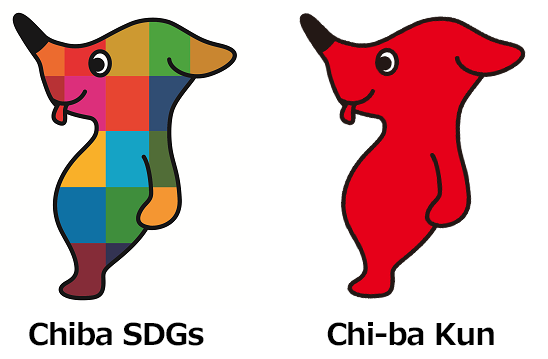
Municipalities Selected As SDGs Future Cities In Chiba
Ichihara City in Chiba Prefecture has been selected as the first “SDGs Future City” in the prefecture by the Cabinet Office (FY2021), and has also been double selected as a “Municipal SDGs Model Project,” which is a particularly leading initiative among the “SDGs Future Cities”. Ichihara City has summarized its main initiatives for the three years from FY 2011 to FY 2023 as the “Ichihara City SDGs Future City Plan“. Click here for the page on SDGs in Ichihara City.
SDGs Future Cities are selected by the government from among cities and regions that promote basic and comprehensive initiatives in line with the principles of the SDGs, especially those with high potential to realize sustainable development through the creation of new values in the three aspects of economy, society, and environment. It was launched in 2018. In the Municipal SDGs Model Project, projects of municipalities that are taking the lead in SDGs Future Cities are selected.
Chiba Prefecture’s SDGs Activities! Events And Companies Contributing To The SDGs
Chiba Prefecture’s Largest Trade Fair for Environmental Activities Eco Messe Chiba
“Eco Messe Chiba“, which has been held annually since 1996, is one of the largest environmental activity trade fairs in Chiba Prefecture, where children and adults alike can enjoy learning about the environment, and is enlivened by cooperation between industry, academia, government and the private sector.
The 2020 event was the first ↑o be held online, with seminars, panel discussions by university students, and other audience-participation programs taking advantage of the on line format.
Kamogawa Sea World
Here you can enjoy performances of killer whales, dolphins, sea lions, and beluga whales
Chiba Prefecture’s Growth And Infrastructure Industrial Zones
Since 2006, Chiba Prefecture has formulated the “Chiba New Industrial Promotion Strategy” and has been promoting industrial promotion policies with an eye to 2020.
While taking advantage of Chiba’s regional characteristics and industrial clusters (industrial clusters), in order to strengthen internationally competitive industries and revitalize industries that utilize regional resources, Chiba Prefecture has developed a more strategic approach to the creation of new businesses, attraction of companies, and human resource development in each of the following industries that will play a leading role in the Chiba economy: manufacturing, information and communication, biotechnology, materials, environment and new energy, logistics, food, and tourism. In each of these industries, Chiba Prefecture will take a more strategic approach to creating new businesses, attracting companies, and developing human resources.
Kamogawa Sea World
Here you can enjoy performances of killer whales, dolphins, sea lions, and beluga whales
Tourism Information
Atopiyo LLC
Atopiyo, Japan’s first visual SNS for atopic dermatitis, has grown in popularity
Medical / Nursing Care Events
Korokke no KOROKKE Aeon Mall Narita
A comedian Korokke's KOROKKE opens at the clover food court in Aeon Mall Narita!
Food & Beverage Events
Atopiyo LLC
Atopiyo, Japan’s first visual SNS for atopic dermatitis, has grown in popularity
IT & Tech Events

Various Urban Development Projects, Including The Development Of Smart Cities
Chiba Prefecture has been developing the Chiba New Industry Promotion Strategy, an industrial policy that takes advantage of the prefecture’s regional characteristics and industrial clusters, since 2006. The policy aims to strengthen internationally competitive industries and revitalize industries using regional resources while taking advantage of regional characteristics, strengths, and networks inside and outside the region. The current state of industrial clusters, characteristics and potential of universities, research institutions, and regional resources in the following seven regions are publicized within and outside the prefecture.
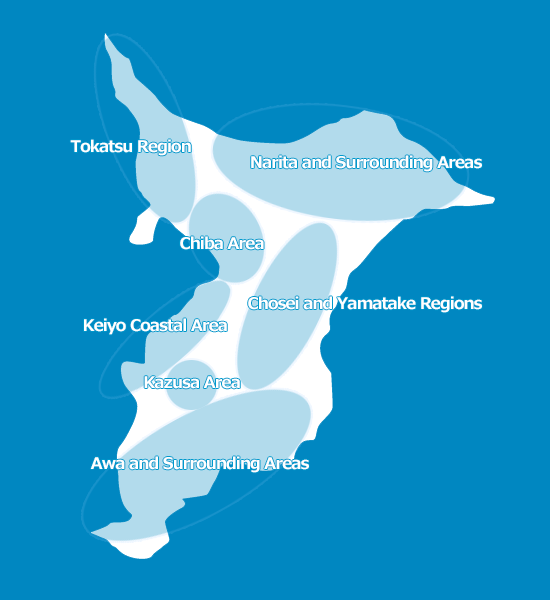 Tokatsu Region: Local industries such as the brewing industry, and high technology industries such as electrical machinery, general machinery, and metal products are concentrated in this region. In addition, international community development is being promoted through cooperation between the region and universities such as the University of Tokyo Kashiwa Campus and Chiba University.
Tokatsu Region: Local industries such as the brewing industry, and high technology industries such as electrical machinery, general machinery, and metal products are concentrated in this region. In addition, international community development is being promoted through cooperation between the region and universities such as the University of Tokyo Kashiwa Campus and Chiba University.
Narita and Surrounding Areas: Airport related industries, international logistics, and new logistics industries are concentrated here, and the area also serves as a food supply base for the Tokyo metropolitan area.
Chiba Area: Information and communication related industries, biotechnology related industries, and other advanced technology industries are concentrated in this area, and medical and industrial cooperation is being promoted.
Keiyo Coastal Area: In addition to the concentration of materials industries such as oil refining, petrochemicals, and steel, research and development related to the environment and new energy is being conducted through corporate collaboration, with the aim of sustaining the development of Japan’s largest industrial complex.
Chosei and Yamatake Regions: The Chosei and Yamatake regions have a concentration of advanced technology industries and sports and health-oriented leisure industries, as well as a thriving agriculture and fishery industry that takes advantage of the rich natural environment.
Kazusa Area: The Kazusa Academia Park is the center of international research and development, and we are aiming to accumulate bio related industries in the future.
Awa and Surrounding Areas: The area has abundant resources for tourism and resorts, and experiential tourism such as green blue tourism is being promoted. Many people from the Tokyo metropolitan area visit this area, which is mild even in winter.
Kashiwa City and Chiba Prefecture Join Smart City Public Private Partnership Platform
Chiba City and Kashiwa City from Chiba Prefecture are participating in the Smart City Public Private Partnership Platform, a government project to promote smart cities through public private partnerships starting in 2019, and are working on the social implementation of near future technologies centered on Makuhari New City, as well as solving urban and regional issues centered on Kashiwanoha Campus Station on the Tsukuba Express.
The Kashiwanoha Smart City project, centered on the Kashiwanoha Campus Station, is a next generation smart city initiative involving public, private, and academic sectors. With a planned population of approximately 26,000 people in an area of approximately 273 hectares, the project is building a data platform based on the keywords of “energy,” “mobility,” “public space,” and “wellness” to realize a smart, compact city life with minimal environmental impact in a dense complex space.
Along the Tsukuba Express line, urban development is also underway in other areas such as Kashiwa Hokubu Higashi, New Urban Area, Athletic Park Area, Nishi Hirai/Hirigasaki, Hirigasaki/Shii, and Ki.

Supporting Chiba Prefecture’s economy, The manufacturing companies
Chiba Prefecture established in 2006 The manufacturing companies in Chiba Prefecture are certified as “Chiba Manufacturing Certified Products” to support the development of sales channels for small and medium-sized companies that have high technological and developmental capabilities and develop and manufacture products that boast the top market share in their industries or are “Only One” product that are unrivaled by other companies.
The system is introduced on the website. In addition, information on companies that possess excellent technical capabilities that support the manufacturing industry in the prefecture is posted on the “Chiba Prefecture Manufacturing Network” to disseminate information widely within and outside the prefecture.
Chiba Prefecture’s support program for small and medium enterprises (SMEs)
Chiba Prefecture is working on about 13 support policies for small and medium-sized enterprises and industrial promotion, including DX promotion projects and support for health and medical the manufacturing companies industry. In addition, Chiba Prefecture has been selected as a “Local IoT Promotion Lab” by the Ministry of Economy, Trade and Industry (METI), and is supporting the introduction of smart methods suited to individual company situations, which will lead to improved productivity and higher added value in the small and medium-sized manufacturing industry. Promote initiatives to improve corporate productivity, create added value, etc., and enhance management capabilities.
Business Opportunities for IT Ventures
In order to promote various changes (DX: Digital Transformation) within companies, Chiba Prefecture supports training programs for SMEs and exchange events for IT venture companies with excellent technologies to expand business opportunities so that SMEs in Chiba Prefecture can improve productivity and add value to their businesses through the use of digital technologies.

Chiba Prefecture has developed international policies in various fields such as tourism, agriculture, forestry, fisheries, commerce and industry, culture, and sports, as well as top sales to foreign countries. The prefecture is working to raise its profile by promoting overseas business transactions by local companies, promoting exports of agricultural, forestry, and fishery products and foodstuffs, and promoting overseas tourism. Chiba Prefecture is also home to Narita International Airport, which connects the prefecture to approximately 120 overseas cities, and is working to attract foreign affiliated companies to the prefecture, while simultaneously promoting the globalization of the prefecture’s companies and international cultural exchange.
Chiba Prefecture (including 24 cities and 2 towns) has sister city and friendship city relationships with 59 cities in 20 countries and regions (as of 2020). The earliest city in the prefecture to establish a sister city relationship was Ichikawa City, Chiba Prefecture and Gardena, California, U.S.A., which concluded a sister city affiliation on November 6, 1962. More recently, Ichikawa City and Caserta, Italy, Caserta and Pärnu, Estonia, and Kisarazu and Danang, Vietnam, have established partnerships in 2019.
State of Wisconsin, U.S.A.
The State of Wisconsin, located in the Midwestern part of the United States, is also known as the “Dairy Kingdom,” blessed with abundant water and forest resources. Dairy and agricultural products such as cheese, buttermilk, vegetables, beer, and veal are highly valued in the state. In addition, automobiles, motorcycles, motorboats, supercomputers, electrical and electronic equipment, medical equipment, and various industrial machinery such as high-grade writing instruments and paper machines are the major industrial products of the state.
On May 21, 1990, Chiba Prefecture concluded a sister state affiliation with the State of Wisconsin, and the friendship between the two states expanded, particularly in the fields of culture and education. In 2020, we will celebrate the 30th anniversary of our sisterhood. Local Guide Biz in preparation.

City of Dusseldorf, Germany
Located within the state of North Rhine-Westphalia, which has the largest population and GDP in Germany, the city of Dusseldorf is home to many international companies from neighboring countries and Asia, including financial, fashion, and telecommunications companies. Japanese companies have been operating in Dusseldorf since 1952, and the metropolitan area is home to approximately 410 Japanese companies, making it the largest concentration of Japanese companies in continental Europe. The total number of Japanese companies in the region is approximately 650, and today approximately 8,500 Japanese people live in the region, making it one of the largest Japanese communities in Europe.
The city of Dusseldorf, which has the third largest airport in Germany and hosts many international trade fairs (Messe), highly evaluates the potential of Chiba Prefecture, which has an international airport and an international exhibition center, and hopes for exchange. In May 2004, Chiba Prefecture met with the Governor of Dusseldorf and concluded a sister city affiliation with Dusseldorf on May 25, 2019, in anticipation of human resource development and the revitalization of the prefectural economy. Local Guide Biz in preparation.

Taoyuan City, Taiwan
Taoyuan City is located in the northwestern part of Taiwan, under the direct control of the Executive Yuan. With a population of approximately 2.26 million, Taoyuan City has the highest population growth rate among major cities in Taiwan and is a young and very dynamic city, having become one of the six direct-controlled cities in Taiwan in December 2014. The city has regional advantages due to convenient transportation and the twin port effect of Taoyuan International Airport and Taipei Port, and as an industrial cluster, it boasts the highest industrial output value in Taiwan.
Chiba Prefecture concluded a friendship exchange agreement with Taoyuan City, Taiwan, on August 9, 2016, promoting exchanges in a wide range of areas including economy, tourism, agriculture, education, culture, and sports. 2021 marks the fifth anniversary of the agreement, and a web conference between the Governor of Chiba Prefecture and the Mayor of Taoyuan was held on August 9, 2021, to commemorate the Tokyo 2020 Games, which concluded the day before, and the They exchanged views on the situation of new coronavirus infection, exchanges between the prefecture and the city, and other issues.

Supporter / Sponsors




